The roar of whitewater crashing against jagged rocks echoes through the canyon as a group of adventurers paddles furiously through the churning rapids. This is the world of whitewater rafting – a sport that combines adrenaline-pumping excitement with the raw power of nature's untamed rivers. From gentle Class I ripples to deadly Class VI torrents, river running offers challenges for everyone from casual weekend warriors to elite expedition paddlers.
The Allure of Moving Water
There's something primal about humans' fascination with rushing water. Ancient civilizations grew along riverbanks, and our modern recreation continues this relationship. Whitewater enthusiasts describe an almost spiritual connection when reading a river's currents, anticipating its hidden obstacles, and working with – rather than against – the water's immense power. The sport demands equal parts technical skill, physical strength, and mental focus as boaters navigate ever-changing liquid terrain.
Professional guide Jake Morrison, who's run rivers on four continents, puts it this way: "You're not conquering the river – that's impossible. You're learning its language, understanding its moods, and finding your path through the chaos. When you get it right, it's the purest form of flow state imaginable."
Understanding River Dynamics
Every rapid forms through a unique combination of gradient, rock formations, and water volume. Hydraulic features with names like "holes," "waves," and "strainers" each present distinct challenges. Holes create recirculating currents that can trap boats, while strainers (usually fallen trees) allow water through but not solid objects – making them particularly deadly obstacles.
Seasoned paddlers learn to identify these features from afar, spotting the subtle signs of underwater topography. The river's surface tells stories to those who know how to read it: smooth "V"s often indicate clear channels, while boils and eddies signal complex currents beneath. Water color changes can reveal depth variations, with darker areas typically indicating deeper – and often safer – passages.
Equipment Evolution
Modern whitewater gear bears little resemblance to the makeshift equipment used by early river runners. Today's self-bailing rafts, composite kayaks, and quick-release safety systems represent decades of innovation driven by both competitive athletes and safety-conscious recreational paddlers.
Perhaps the most significant advancement came with the development of personal floatation devices (PFDs) specifically designed for whitewater. Unlike ocean life jackets meant primarily for flotation, these high-performance PFDs allow freedom of movement while providing crucial torso protection from rocks. Similarly, helmets have evolved from simple hard shells to sophisticated designs with multiple impact zones and secure retention systems.
Global Whitewater Hotspots
While famous stretches like the Colorado River through the Grand Canyon attract thousands annually, lesser-known rivers worldwide offer equally thrilling experiences. The Futaleufú in Chile combines turquoise waters with challenging Class V rapids against a backdrop of Patagonian peaks. Nepal's Bhote Koshi packs more gradient per mile than nearly any other commercially run river, while Zambia's Zambezi below Victoria Falls serves up massive waves and powerful hydraulics.
For those seeking expedition-style adventures, remote rivers in Canada's Northwest Territories or Siberia's wild taiga regions offer multi-week journeys through pristine wilderness. These trips require completely self-sufficient teams capable of handling medical emergencies, equipment failures, and extreme weather far from any hope of quick rescue.
The Culture of River Running
Whitewater communities worldwide share a distinct culture blending environmental stewardship with a celebration of challenge. River festivals from West Virginia to New Zealand bring together paddlers of all skill levels for competitions, skills clinics, and – inevitably – lively storytelling sessions about legendary runs and harrowing close calls.
This culture also maintains strong safety traditions. The "swimmer's position" (feet up, facing downstream) gets drilled into every beginner, while throw bag rescues and knot-tying skills form essential parts of guide training. Perhaps most importantly, experienced paddlers emphasize that knowing when not to run a rapid is as crucial as knowing how to run it – a lesson sometimes learned through tragic accidents.
Conservation Challenges
As with many adventure sports, whitewater enthusiasts find themselves on the front lines of environmental protection. Dams, pollution, and water diversion projects threaten rivers globally, while climate change alters traditional flow patterns. Paddling organizations now play active roles in conservation efforts, from fighting dam proposals to organizing river cleanups.
The paradox isn't lost on veteran guides: the same rivers that provide their livelihoods face increasing threats from human development. Many argue that people who experience rivers intimately through whitewater sports become their most passionate protectors. As one activist-paddler noted, "Nobody fights harder for a river than someone who's stared into its rapids and seen both its power and its fragility."
The Future of the Sport
Technology continues changing whitewater pursuits. Advanced flow prediction models help paddlers time runs for optimal conditions, while social media connects far-flung communities sharing beta on new runs. Even the competitive scene evolves, with events like freestyle kayaking and raft cross bringing new spectators to the sport.
Yet at its core, whitewater remains about that fundamental human experience – testing oneself against natural forces while immersed in stunning landscapes. Whether it's a family's first mild float trip or an expert's descent of a steep creek, the river offers challenges and rewards as varied as its currents. The rush of navigating turbulent waters, the camaraderie of shared adventure, and the profound connection to wild places keep drawing new generations to answer the river's call.
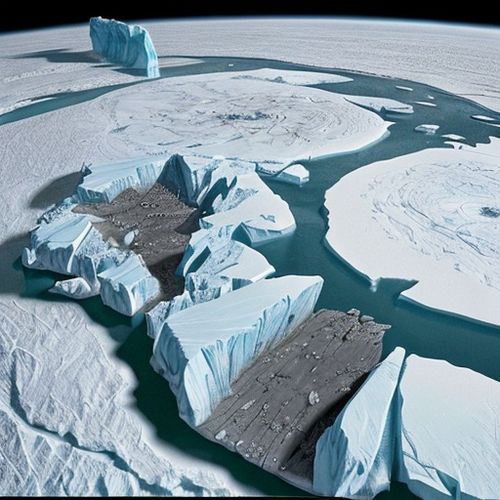
By Emily Johnson/May 8, 2025
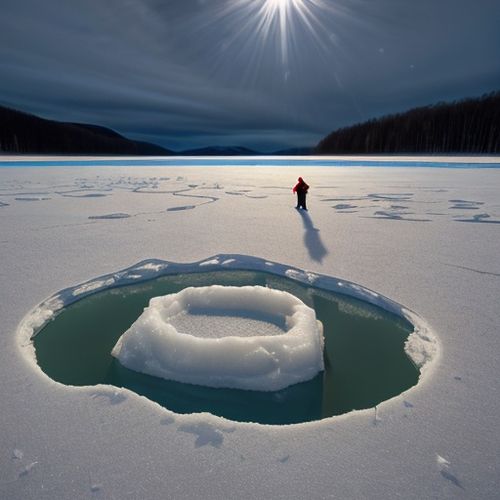
By Natalie Campbell/May 8, 2025
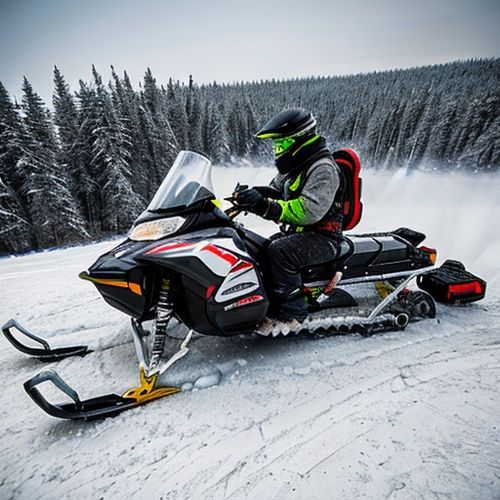
By Olivia Reed/May 8, 2025
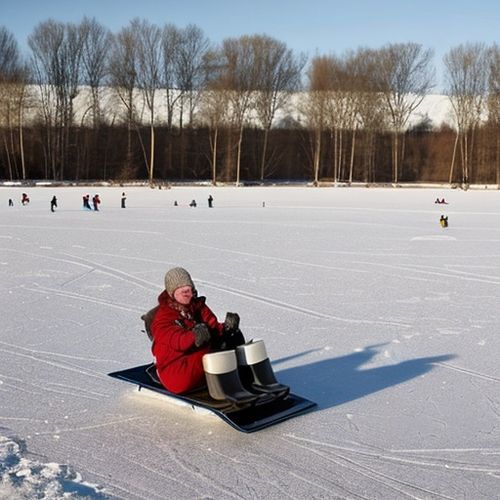
By Lily Simpson/May 8, 2025
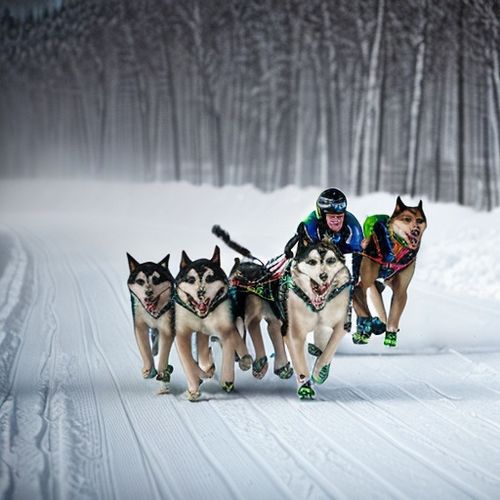
By Olivia Reed/May 8, 2025

By Thomas Roberts/May 8, 2025

By Daniel Scott/May 8, 2025
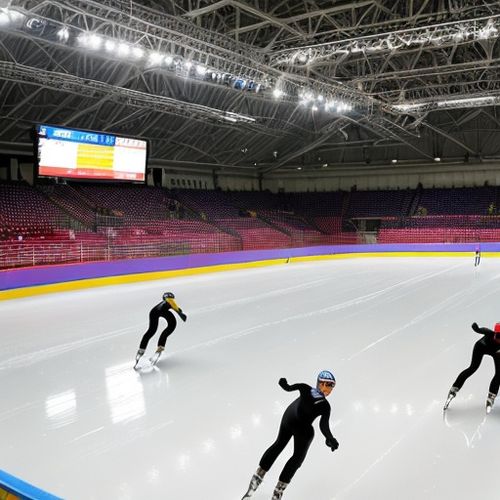
By George Bailey/May 8, 2025
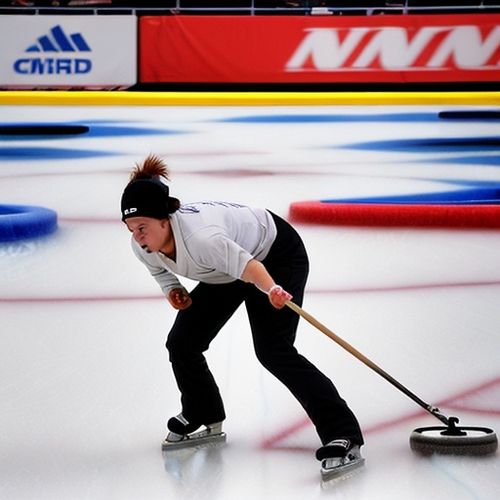
By David Anderson/May 8, 2025
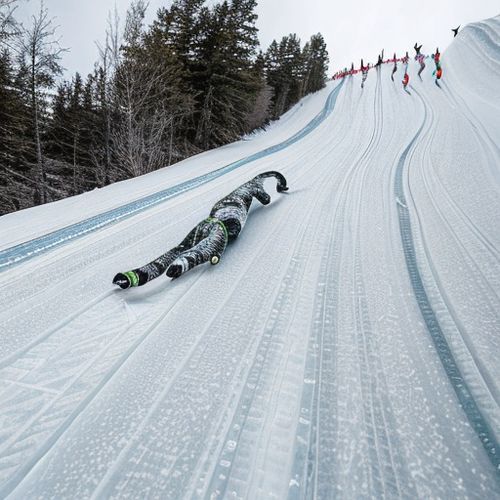
By Amanda Phillips/May 8, 2025
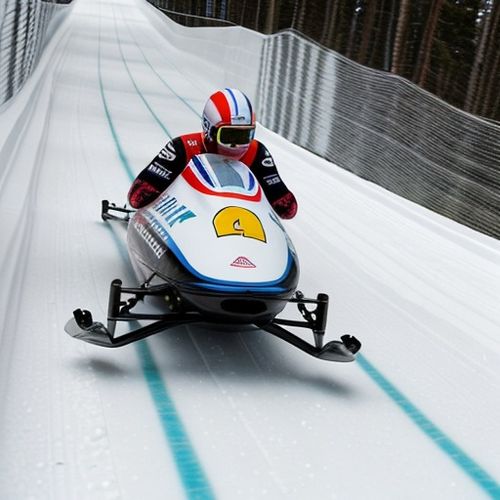
By Rebecca Stewart/May 8, 2025

By Christopher Harris/May 8, 2025

By Emily Johnson/May 8, 2025
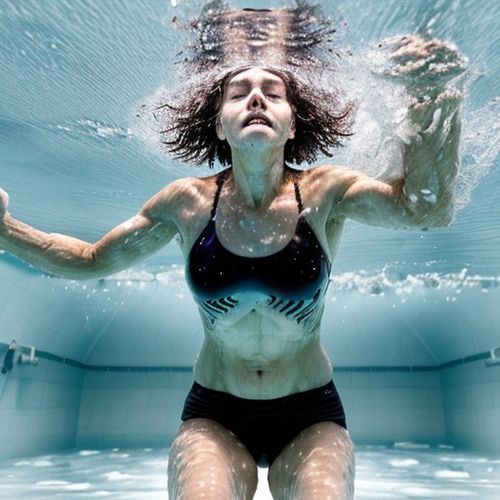
By Christopher Harris/May 8, 2025
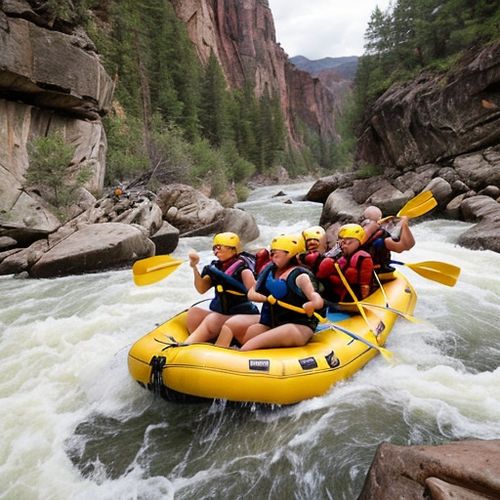
By Thomas Roberts/May 8, 2025
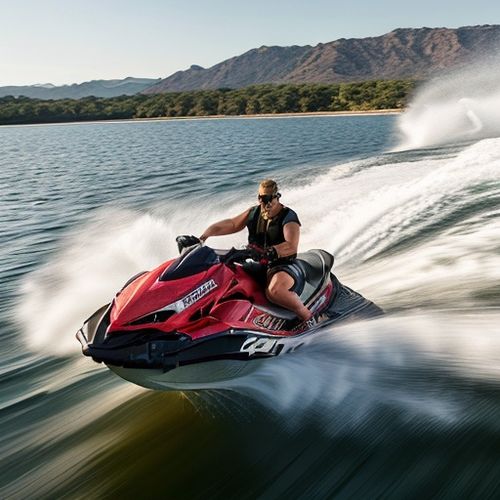
By Rebecca Stewart/May 8, 2025
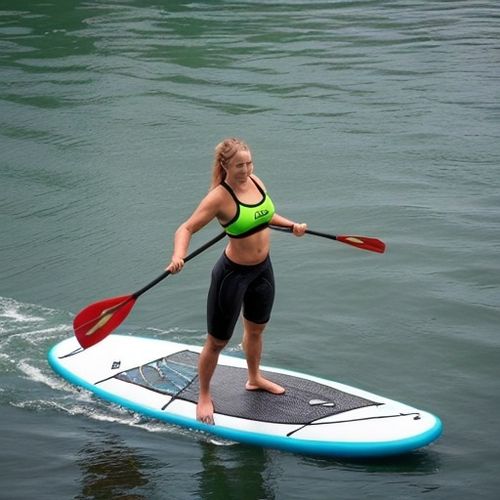
By Noah Bell/May 8, 2025
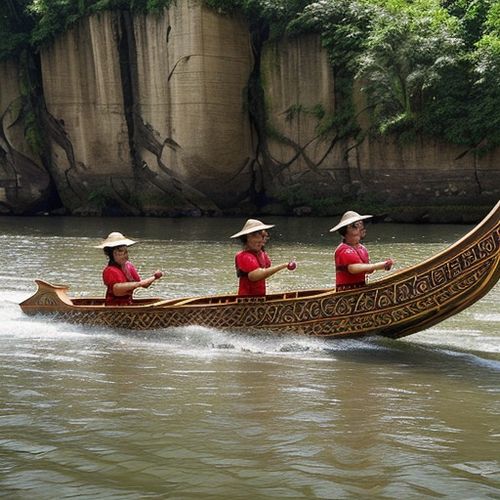
By Lily Simpson/May 8, 2025
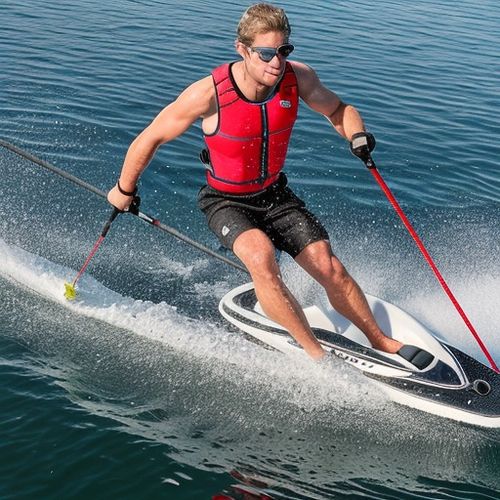
By Megan Clark/May 8, 2025
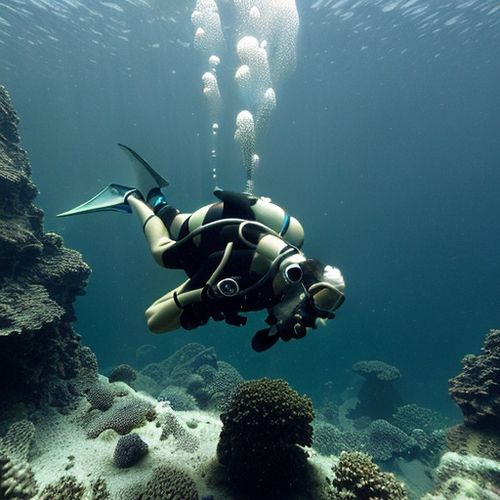
By Megan Clark/May 8, 2025